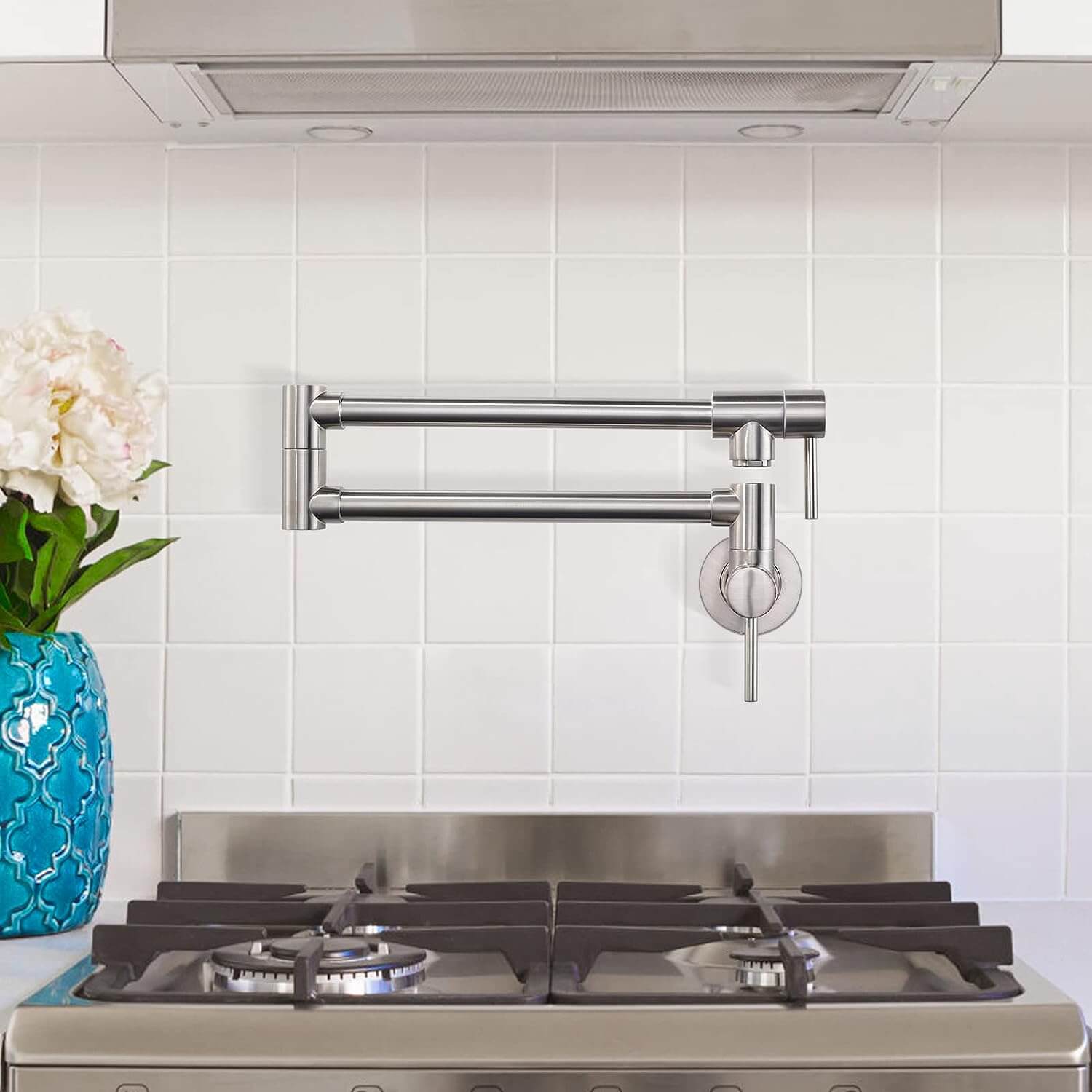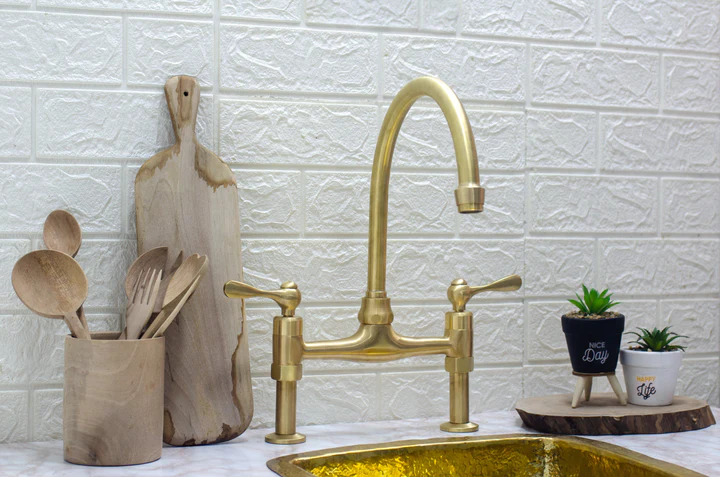
Choosing the right sink for your kitchen or bathroom involves more than just selecting a style that complements your décor. One of the fundamental decisions you’ll need to make is whether to install an overmount or undermount sink. Each style has its own set of advantages and disadvantages, and understanding the differences between them can help you make an informed decision that suits your needs and preferences. In this comprehensive guide, we’ll explore the pros, cons, and key considerations of overmount vs. undermount sinks.
1. Overmount Sinks:
Pros:
- Easy Installation: Overmount sinks, also known as drop-in sinks, are relatively easy to install. They are designed to “drop in” to a pre-cut hole in the countertop, with the rim resting on the surface.
- Versatility: Overmount sinks are compatible with a wide range of countertop materials, including laminate, wood, and stone. This versatility makes them a popular choice for both new construction and remodeling projects.
- Affordability: In general, overmount sinks tend to be more affordable than their undermount counterparts. They are widely available in various sizes, styles, and materials to suit different budgets and preferences.
Cons:
- Visible Rim: One of the main drawbacks of overmount sinks is the visible rim that sits on top of the countertop. While some people may appreciate the traditional look of a visible sink rim, others may find it less aesthetically pleasing or more challenging to clean.
- Limited Counter Space: The presence of the sink rim can limit usable counter space, especially in smaller kitchens or bathrooms where every inch of space counts. Additionally, the raised edge may make it more difficult to wipe crumbs or spills directly into the sink.
2. Undermount Sinks:
Pros:
- Sleek Appearance: Undermount sinks are known for their sleek and streamlined appearance, as they are mounted underneath the countertop with no visible rim. This design creates a seamless look that can enhance the overall aesthetic of your kitchen or bathroom.
- Easy Cleanup: Without a raised rim to contend with, undermount sinks make it easier to wipe crumbs, spills, and water directly into the sink without obstruction. This makes them a practical choice for busy kitchens and bathrooms where cleanliness is a priority.
- Maximized Counter Space: Because undermount sinks are installed beneath the countertop, they provide more usable counter space compared to overmount sinks. This can be particularly advantageous in smaller or more compact spaces where every inch of counter space is valuable.
Cons:
- Complex Installation: Unlike overmount sinks, undermount sinks require more complex installation methods. They must be securely mounted beneath the countertop using specialized hardware, which may require professional installation.
- Limited Compatibility: Undermount sinks are typically compatible only with solid surface countertops, such as granite, marble, or quartz. They may not be suitable for use with laminate or tile countertops due to the lack of support for the sink’s weight.
Key Considerations:
- Countertop Material: The type of countertop material you have or plan to install will influence your choice between overmount and undermount sinks. While overmount sinks are compatible with a wide range of materials, undermount sinks are best suited for solid surface countertops.
- Aesthetic Preference: Consider your personal aesthetic preferences and the overall style of your kitchen or bathroom. Overmount sinks offer a more traditional look, while undermount sinks provide a sleek and modern appearance.
- Functionality: Think about how you use your sink on a daily basis and which features are most important to you. If easy cleanup and maximized counter space are priorities, an undermount sink may be the better option. If affordability and ease of installation are more critical, an overmount sink may be preferable.
Conclusion:
Choosing between an overmount and undermount sink ultimately comes down to personal preference, budget, and practical considerations. Both styles have their own set of advantages and disadvantages, and the right choice for you will depend on your specific needs and requirements. By weighing the pros and cons and considering key factors such as countertop material, aesthetic preference, and functionality, you can select the sink that best suits your kitchen or bathroom design and enhances your overall living space.







